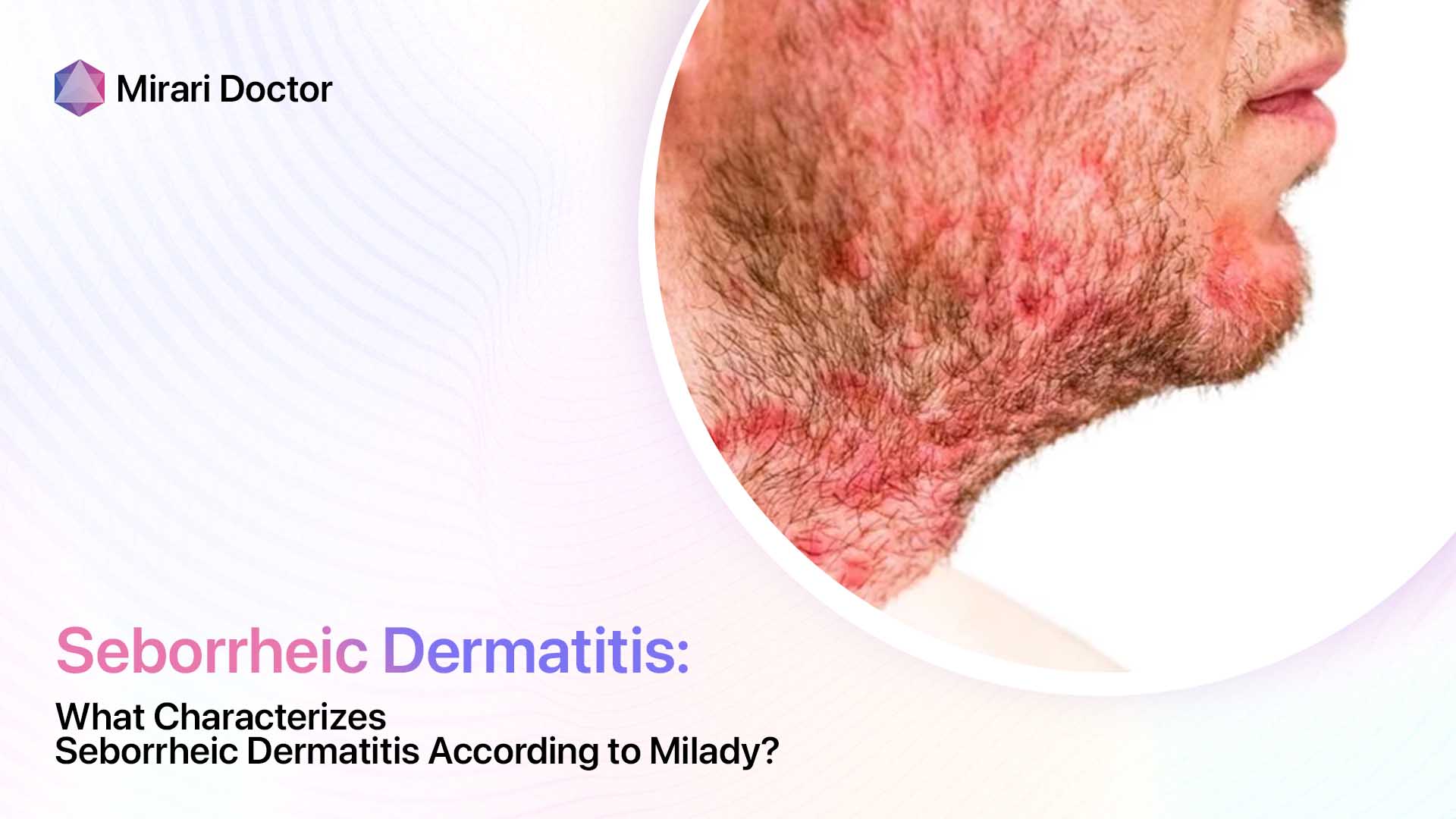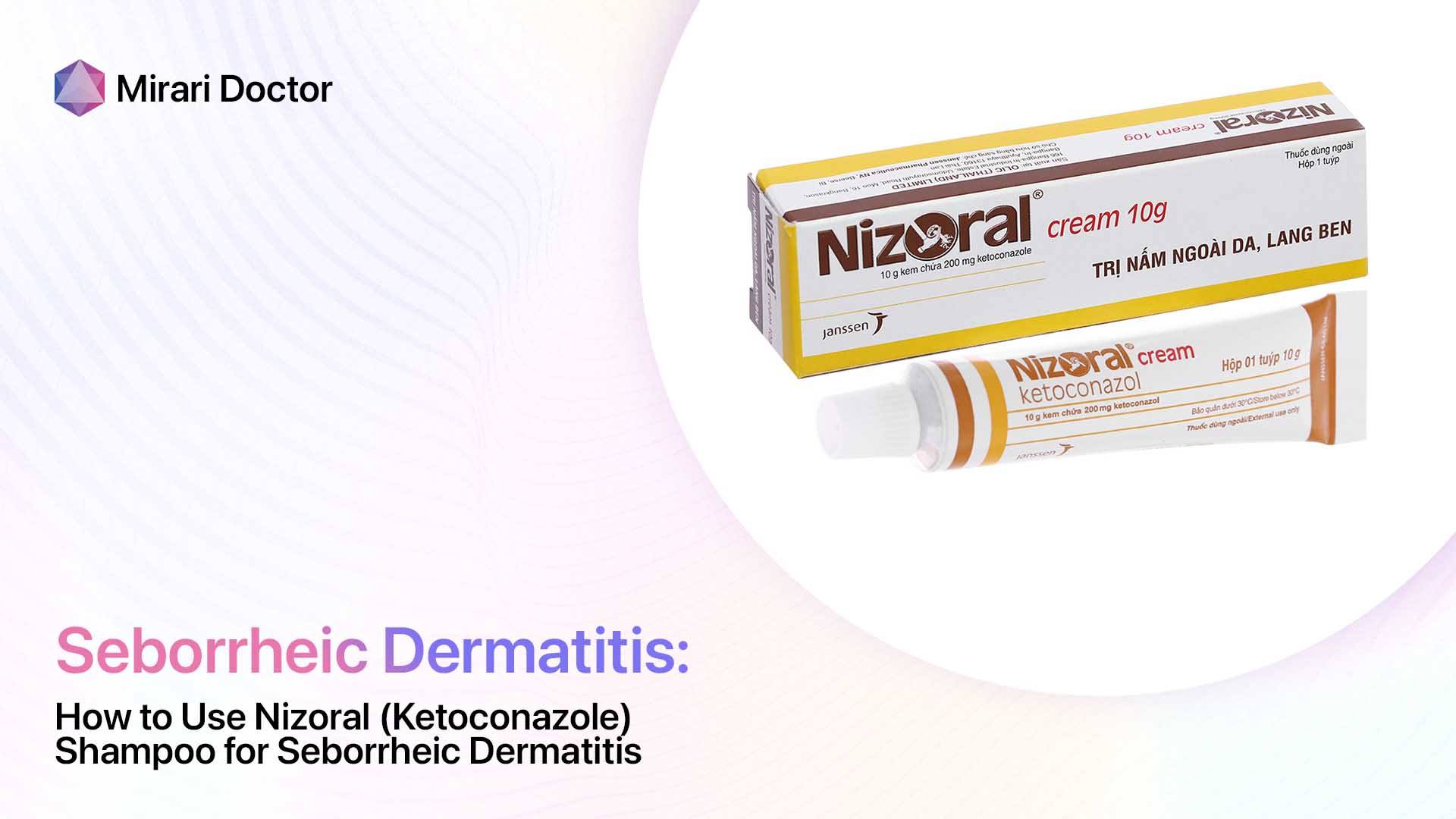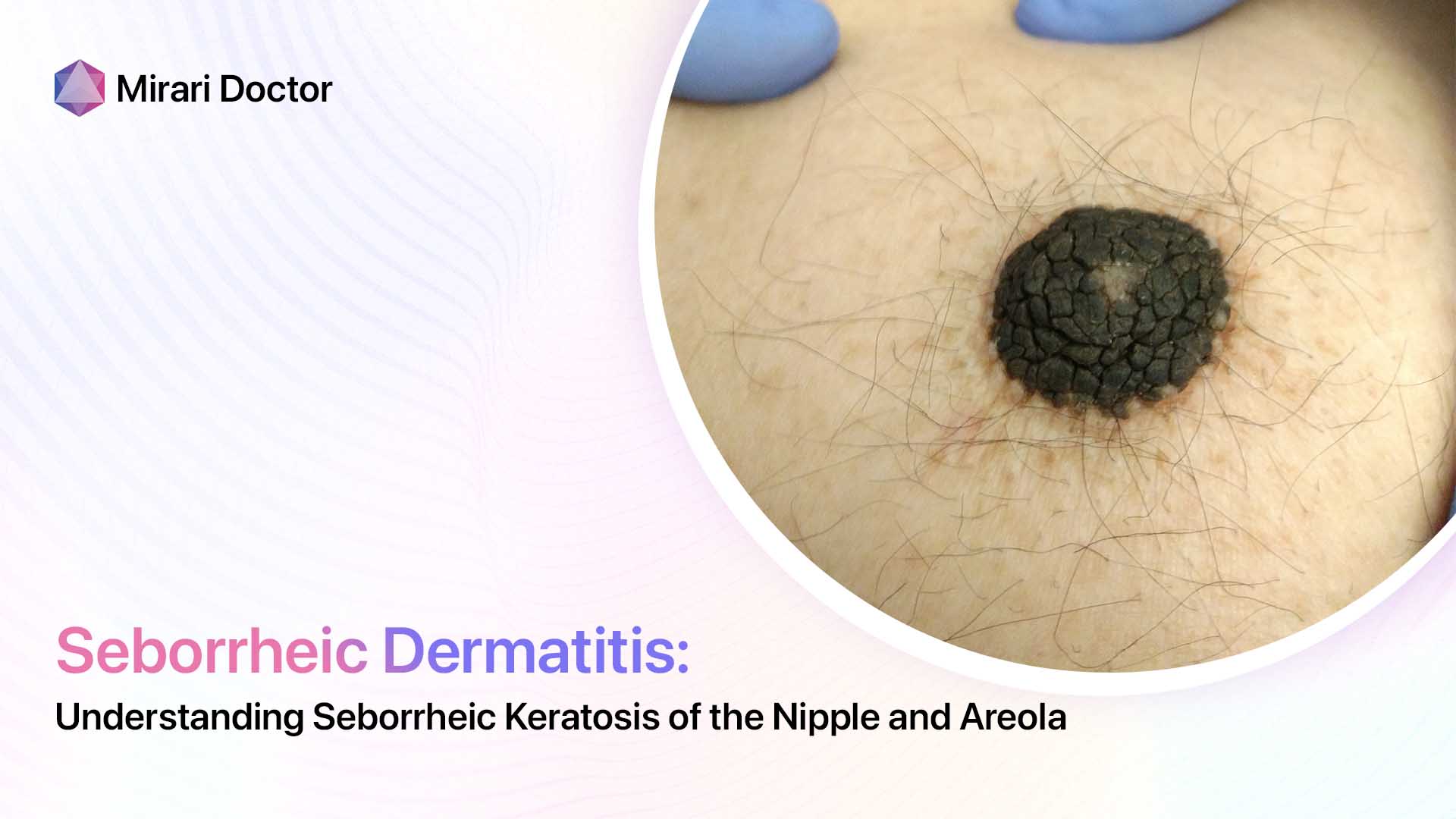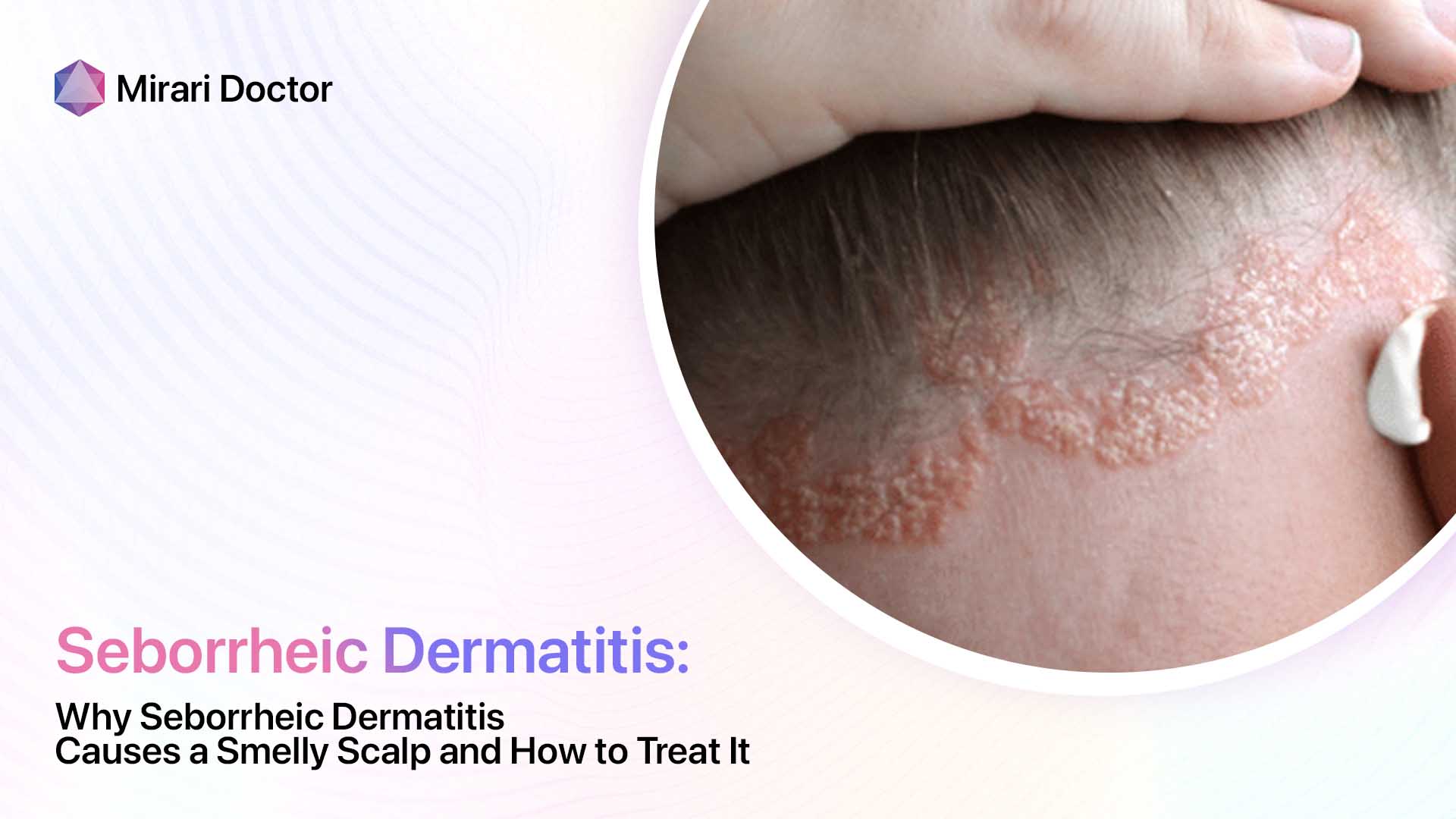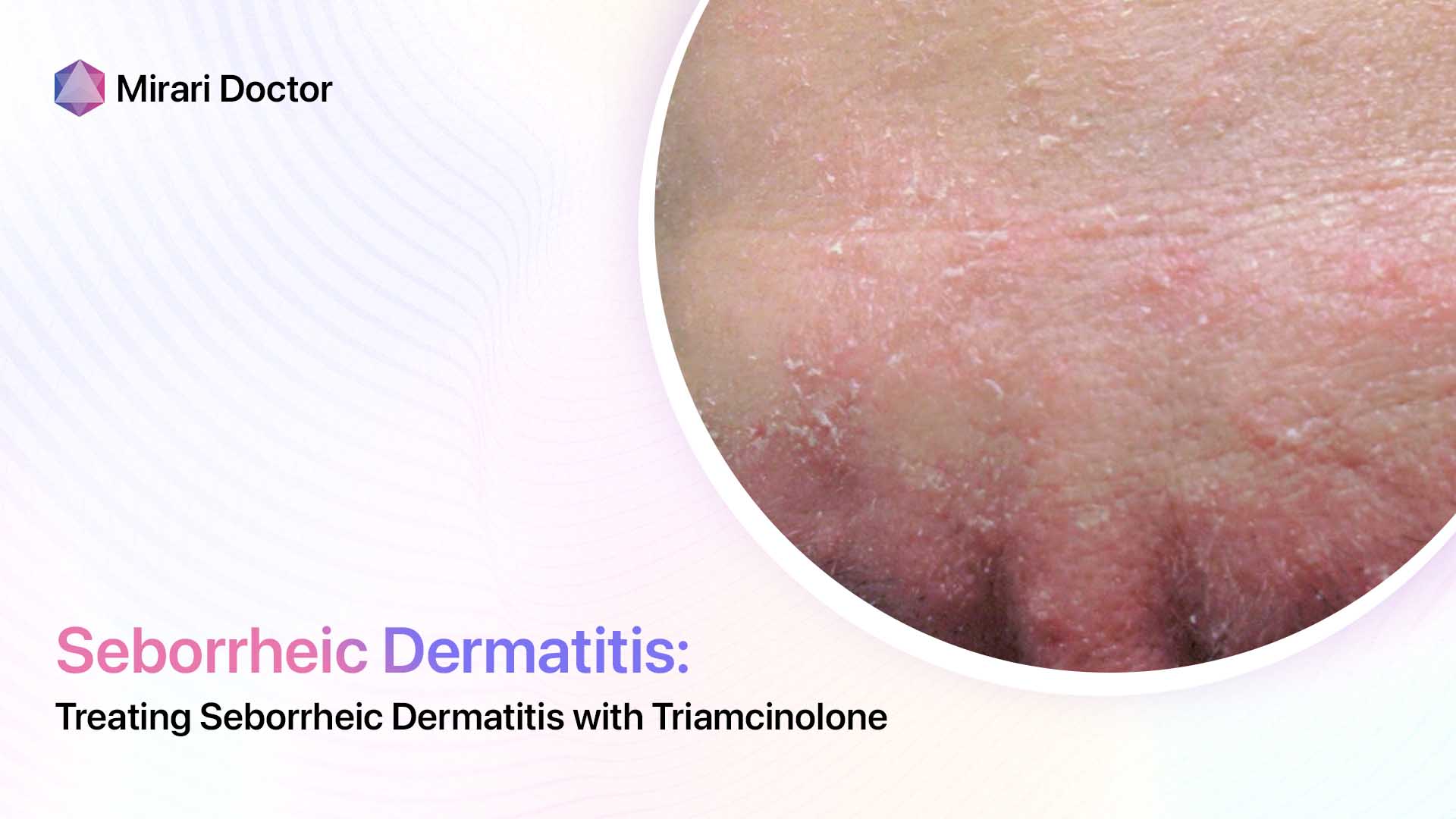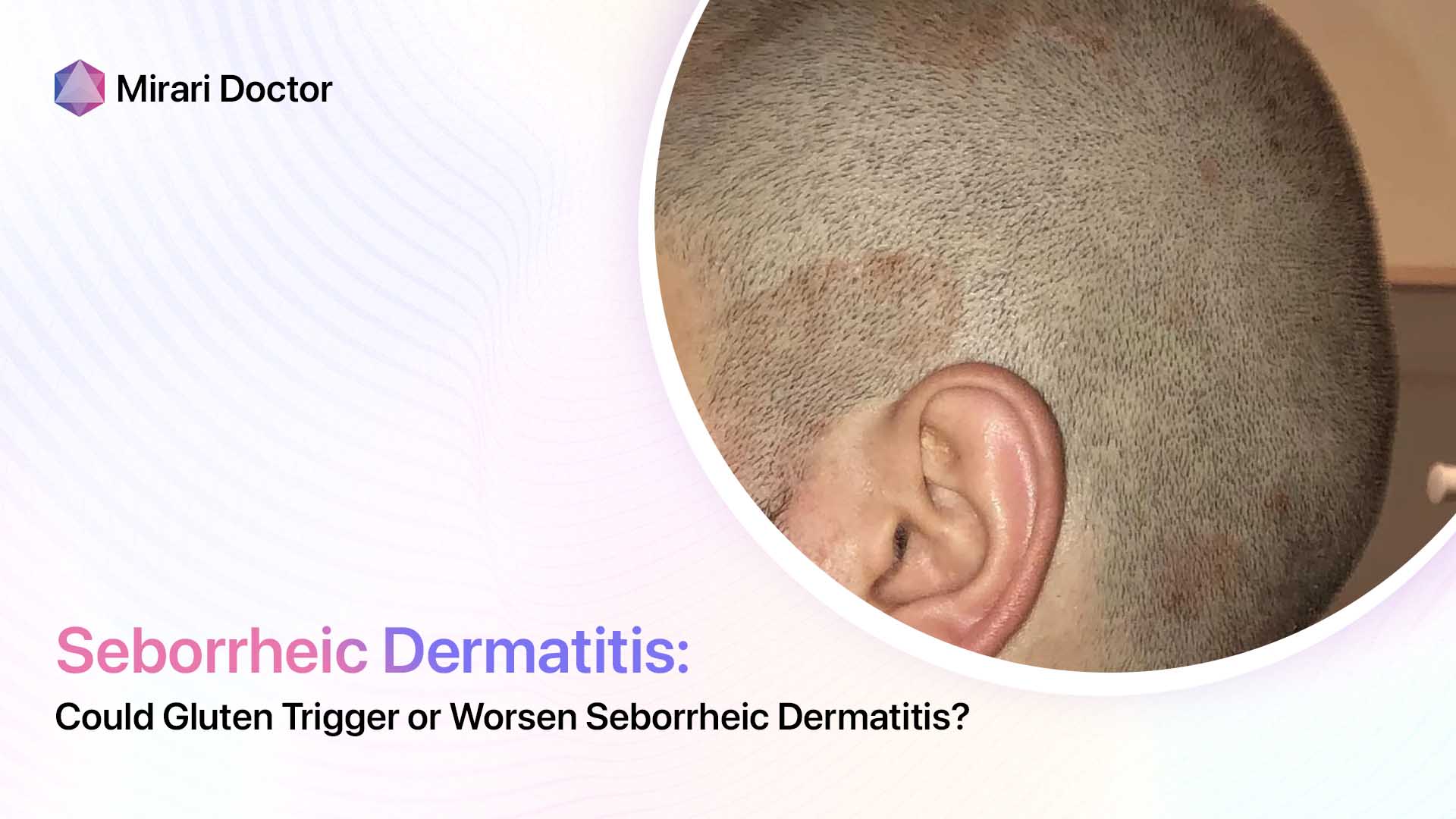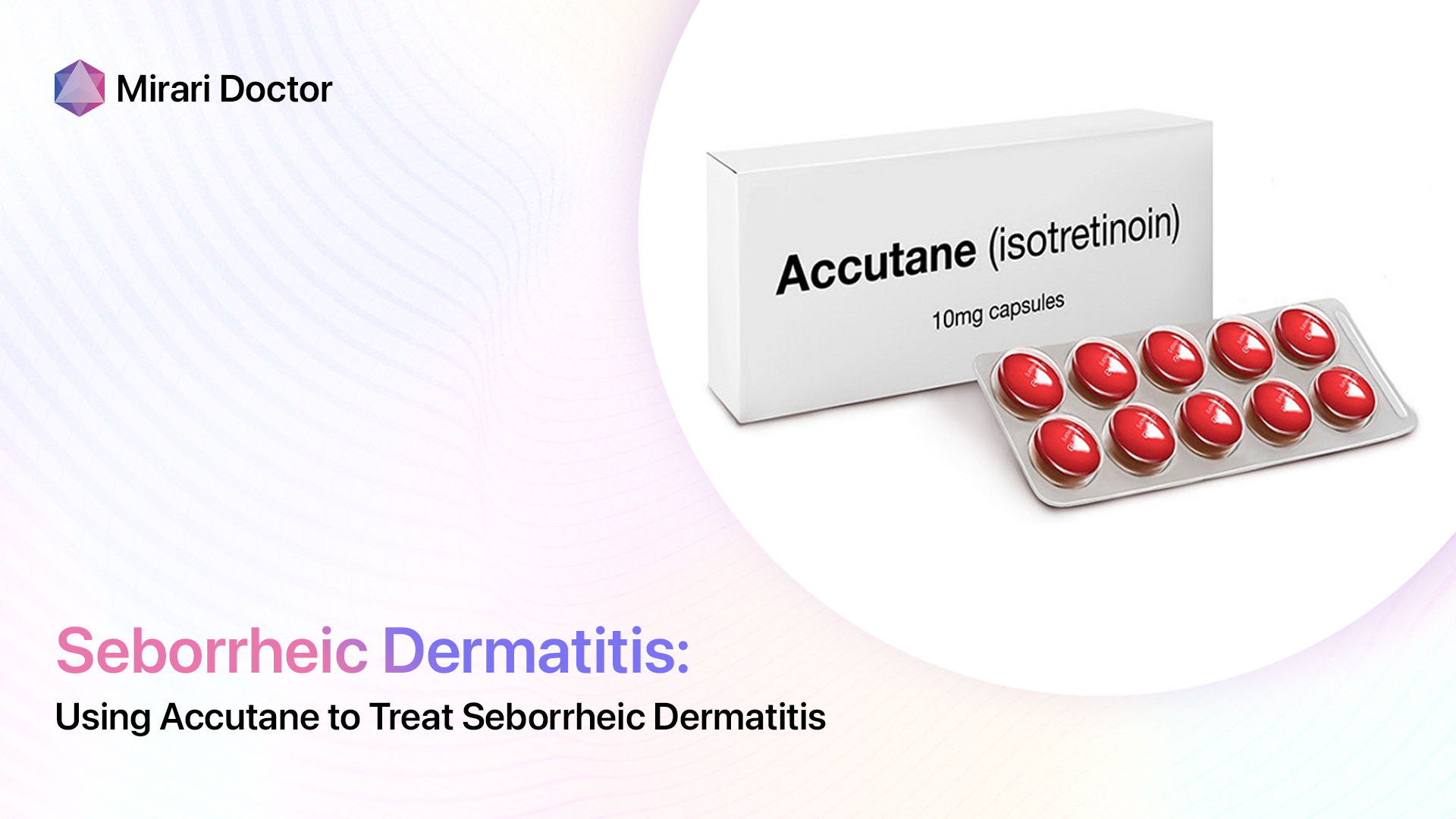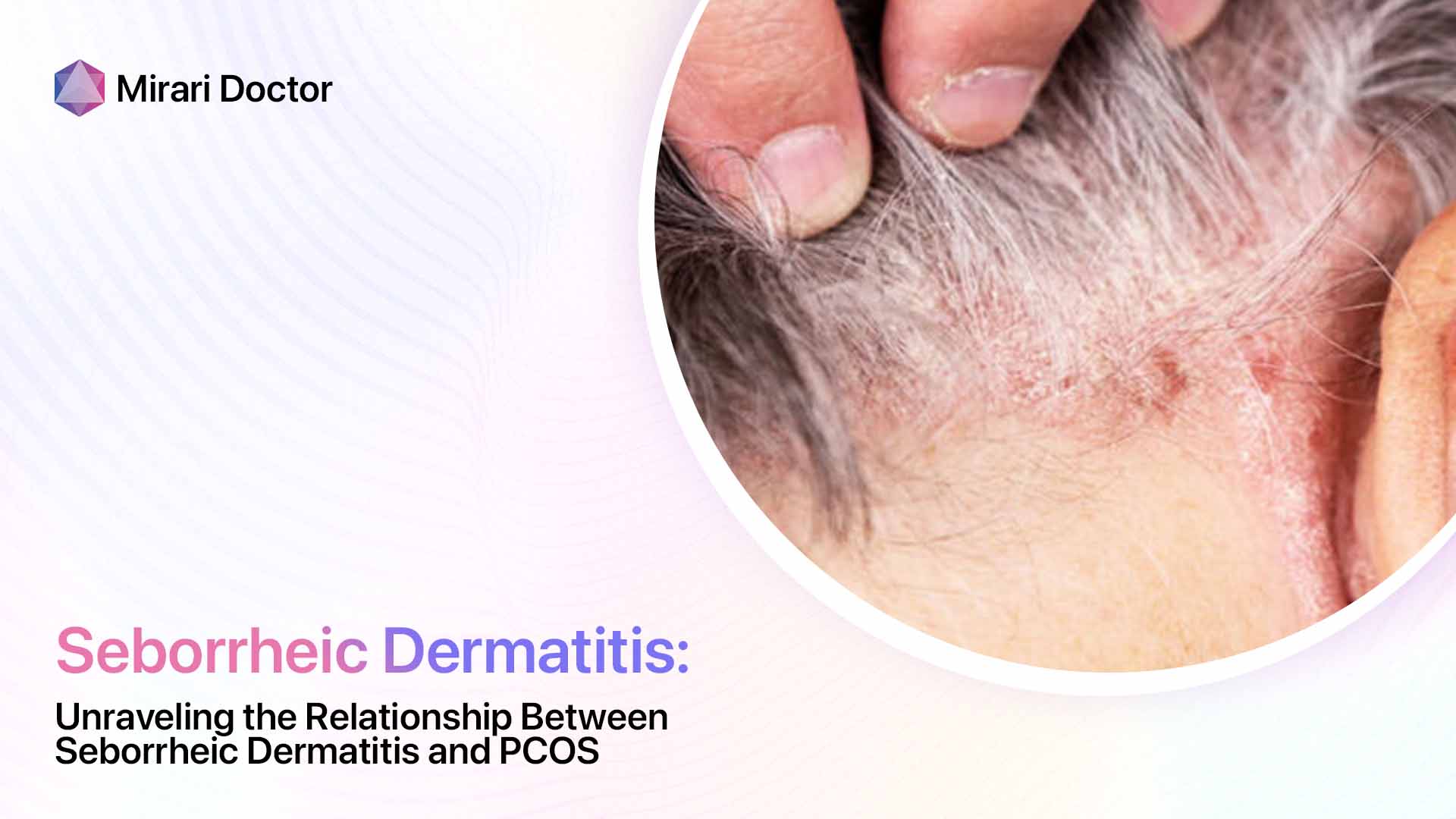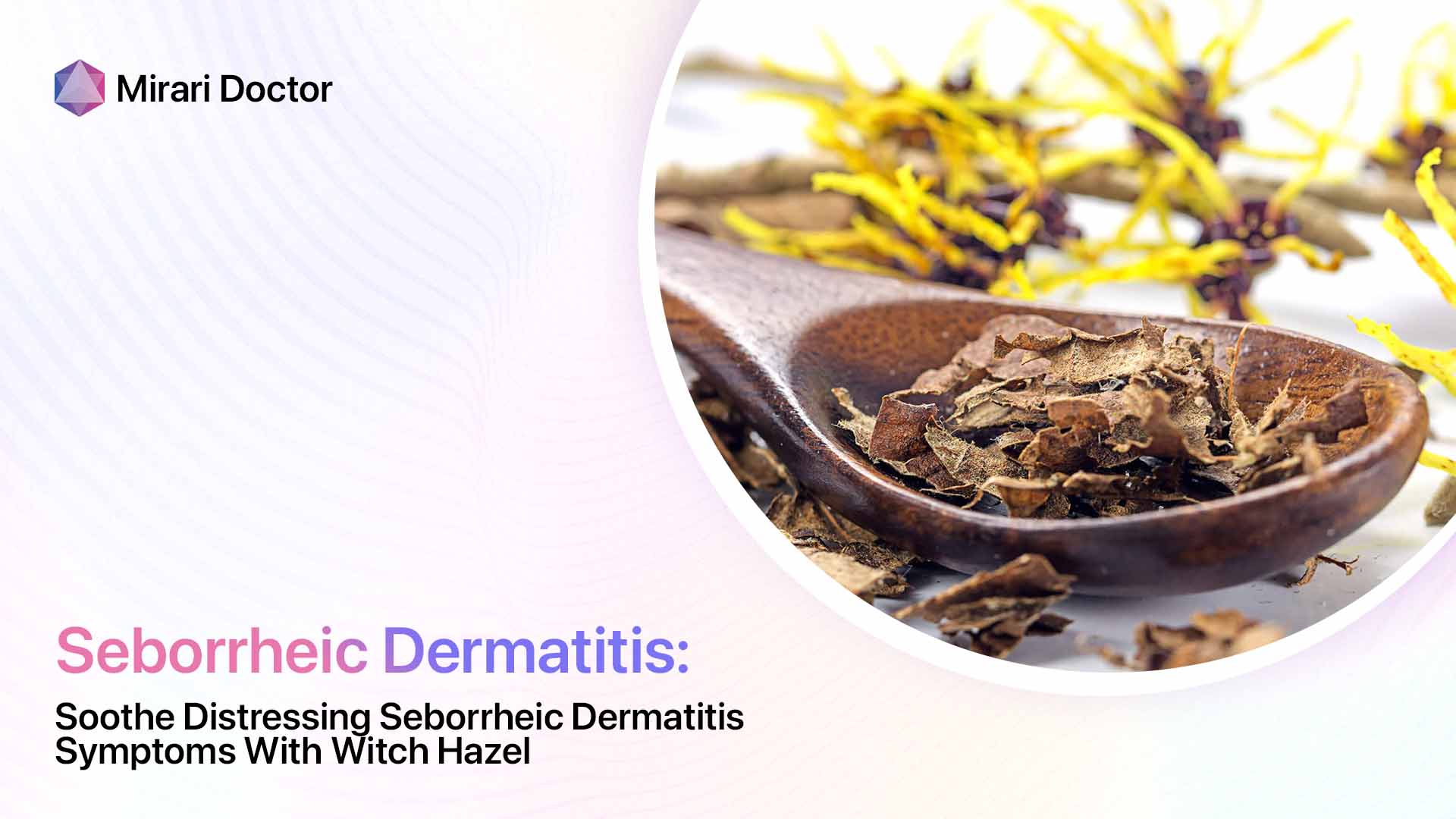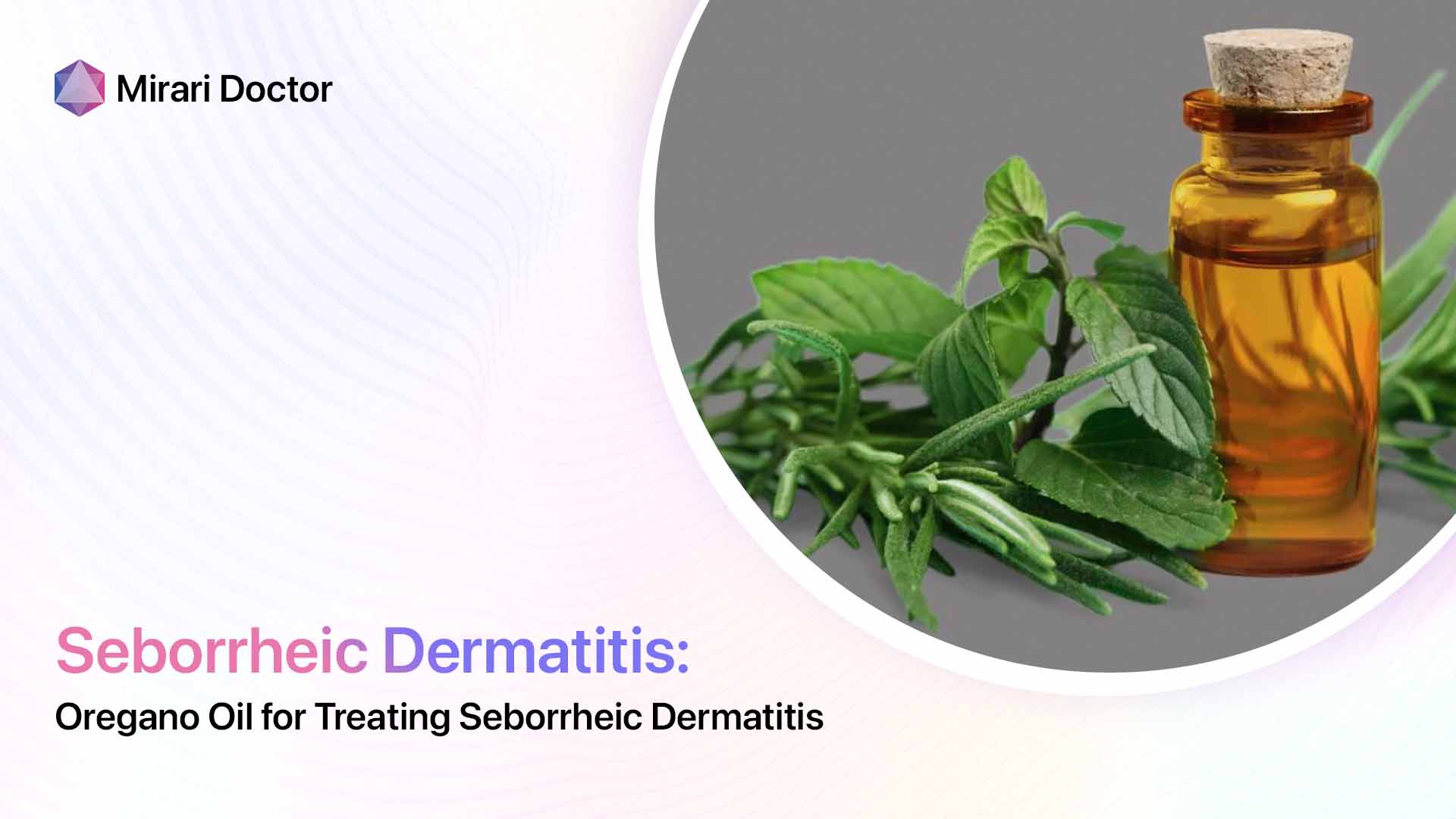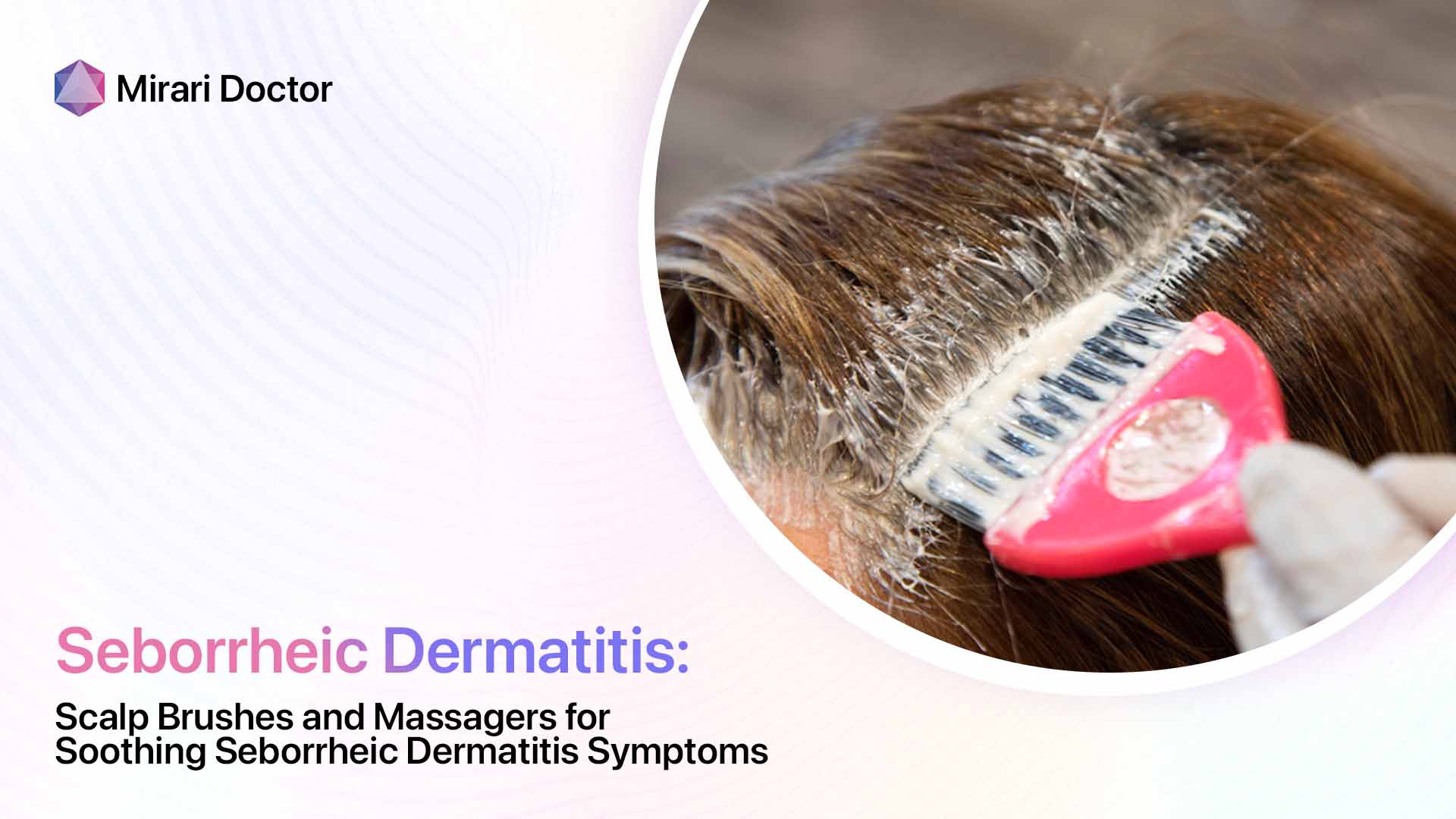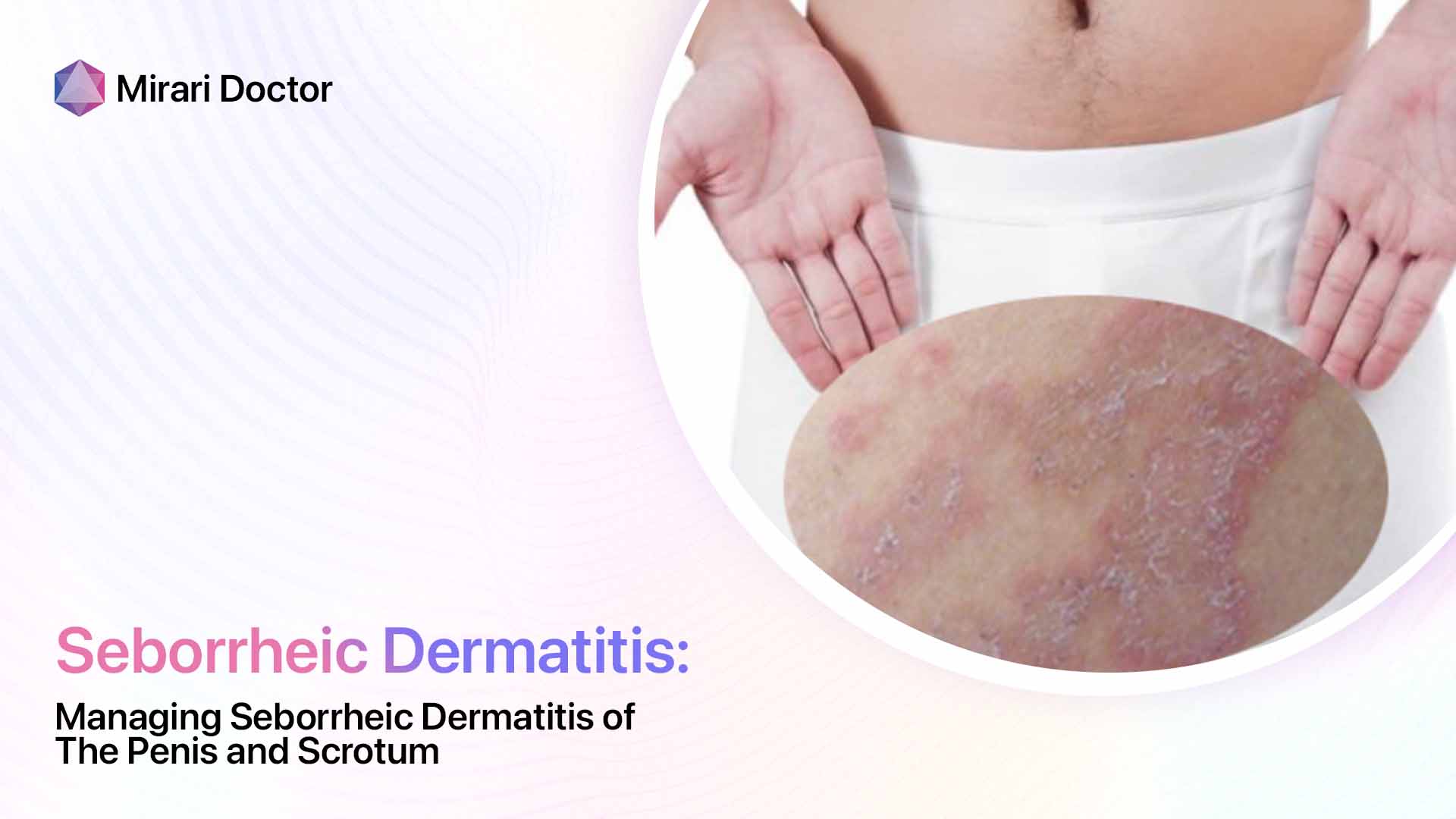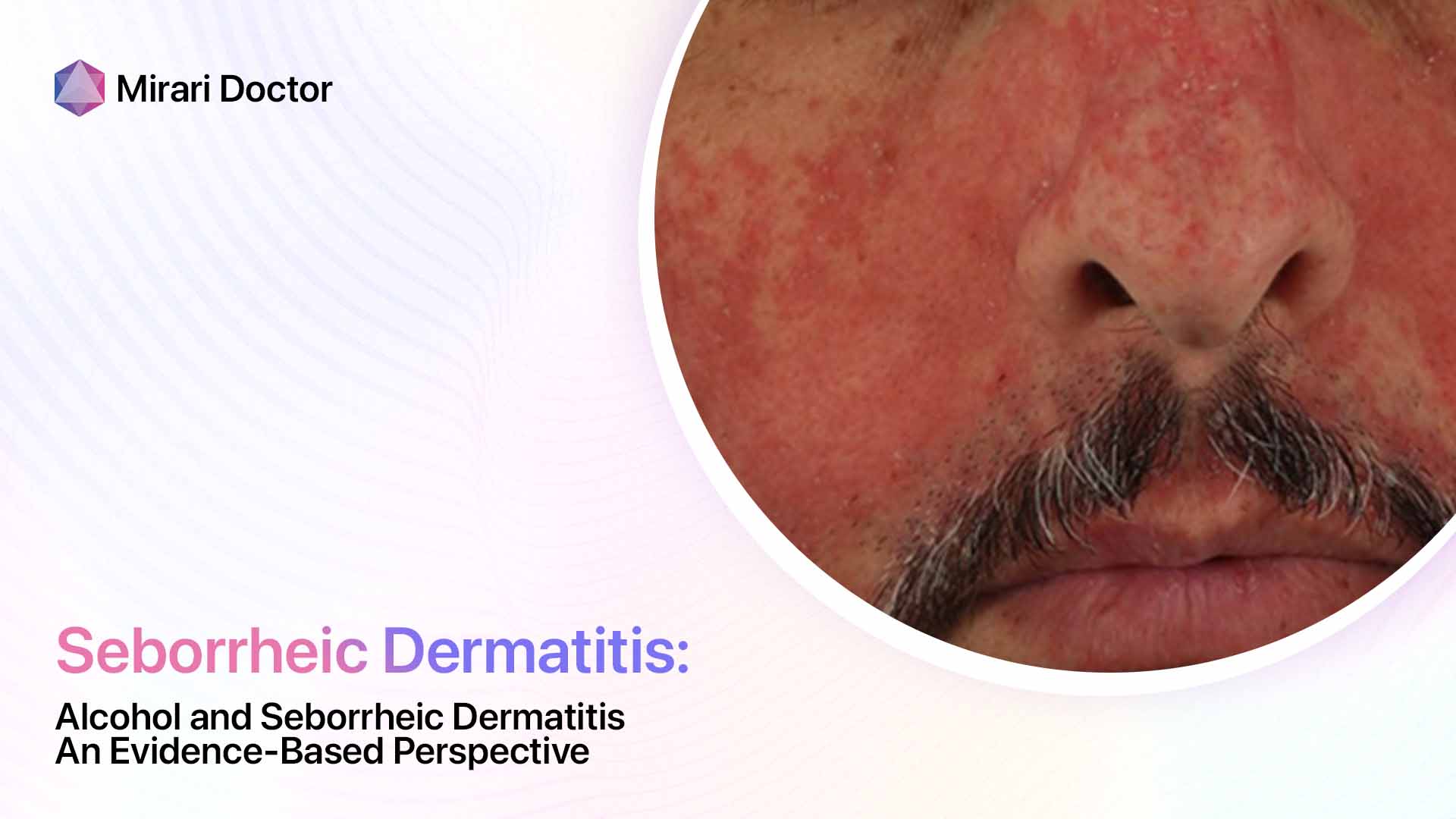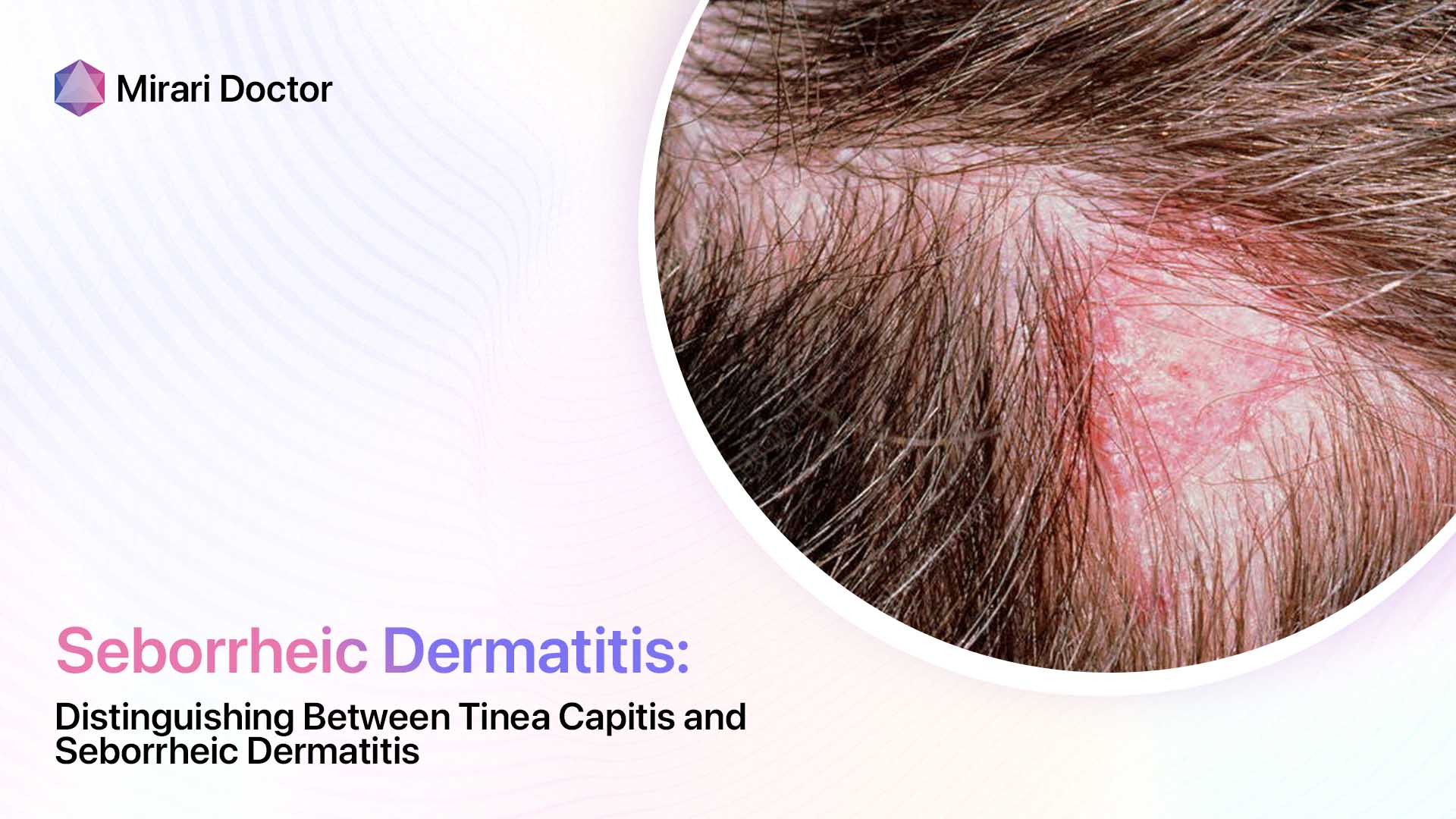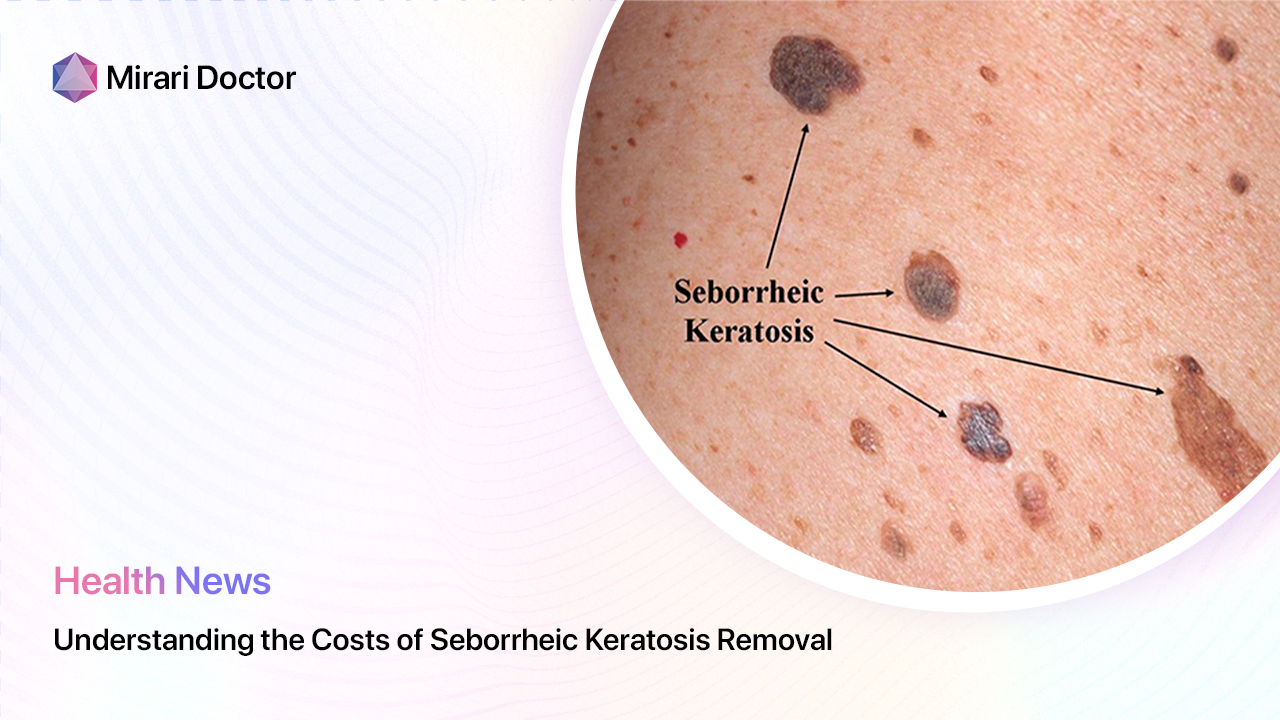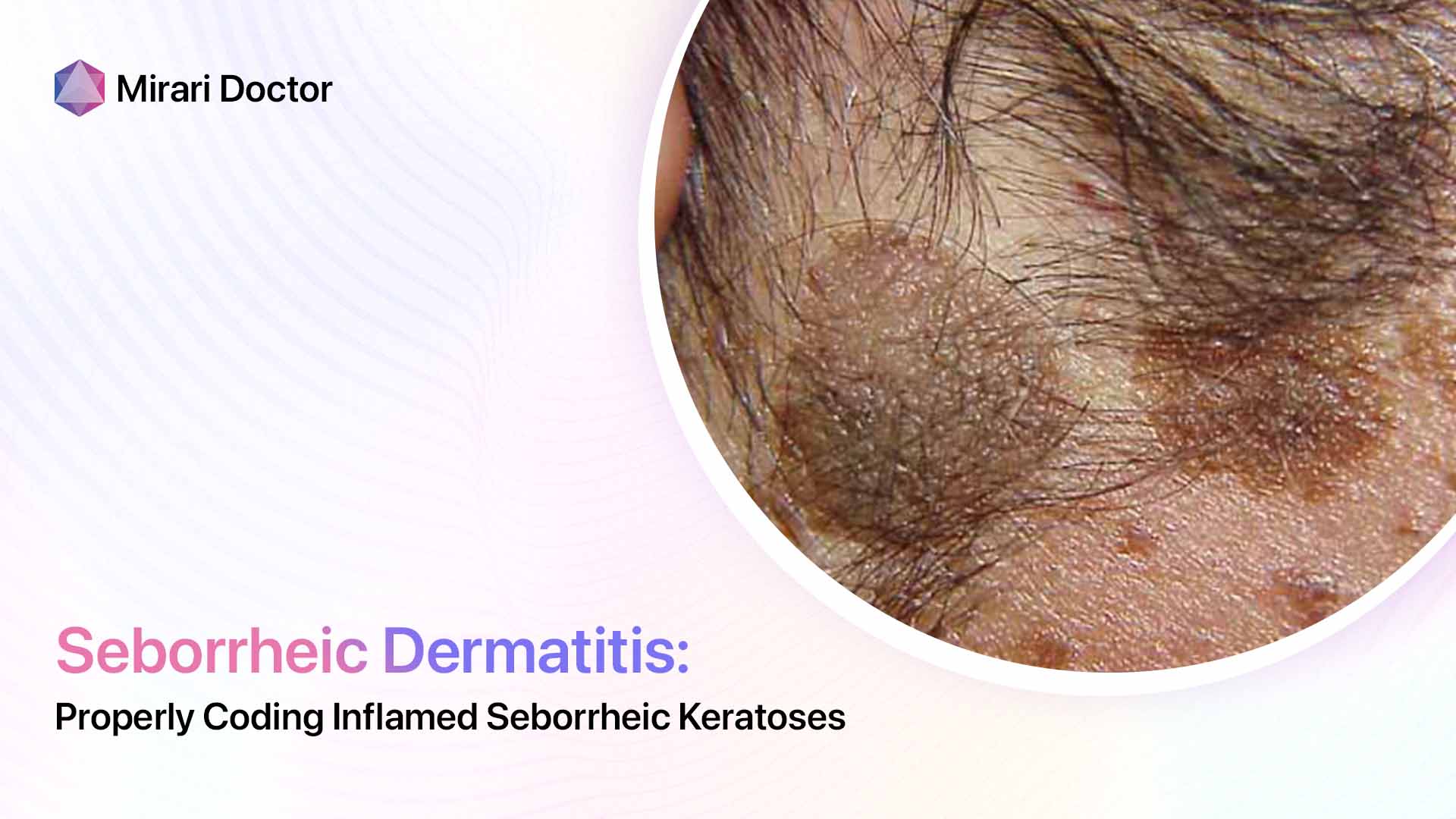
I want to clearly explain the correct ICD-10 code used to classify inflamed seborrheic keratosis. This article will educate both healthcare providers and patients on accurately diagnosing and documenting these irritated lesions for proper coding, coverage and treatment.
Overview of Seborrheic Keratoses
First, let’s review seborrheic keratoses, which are extremely common, benign skin lesions that tend to emerge as we age. These somewhat warty growths have a classic “stuck-on” appearance and usually first appear in middle age, becoming more numerous over time.
While generally harmless, seborrheic keratoses can sometimes become red, irritated and itchy. This inflamed variant causes discomfort and may warrant removal. We’ll focus on correctly coding specifically for these angry-looking SK lesions.
ICD-10 Code for Inflamed Seborrheic Keratosis
Within the ICD-10-CM manual listing medical diagnoses, inflamed seborrheic keratosis is classified under code L82.0. This falls under the parent category of “Seborrheic keratosis” (L82).
Some key facts about this specific L82.0 code:
- Denotes an irritated, erythematous (red) seborrheic keratosis
- Distinct from the more common benign SK lesions (L82.1)
- Indicates inflammation likely causing discomfort
- Removal by cryosurgery usually recommended
So in summary, use diagnosis code L82.0 specifically for reddened, angry-appearing SKs that are symptomatic enough to warrant treatment. This is crucial for accurate documentation.
Critical Details for Coding Inflamed SKs
As an expert in dermatology medical billing and coding, I want to emphasize several key details healthcare providers should note in the medical record when diagnosing inflamed seborrheic keratoses:
- Appearance – Document erythema (redness) and rough texture
- Symptoms – Note any itching, tenderness, soreness
- Location – Where are the irritated lesions located?
- Treatment Plan – For example, liquid nitrogen cryotherapy
Ensuring the clinical documentation describes the reddened, inflamed nature and bothersome symptoms is vital for accurately assigning the L82.0 code. This also supports necessity for treatment options like freezing.
Real-World Case Example
To illustrate the correct application of diagnosis code L82.0 for inflamed SKs, let’s walk through an example:
A 72-year old female patient presents with sore, itchy red lesions on her back. Upon inspection, several classic seborrheic keratoses are noted to be erythematous and rough in texture. There is tenderness upon palpation. Cryosurgery treatment is recommended.
The supporting clinical details around irritation and symptoms means code L82.0 (“Inflamed seborrheic keratosis”) accurately captures this presentation. The treatment plan also matches expected management.
In contrast, had the lesions been asymptomatic and not inflamed, the standard L82.1 code for “Other seborrheic keratosis” would be indicated instead. So inflammation is key.
Impacts of Proper Coding
Submitting the most specific ICD-10 diagnosis code matters tremendously, both for patient care and on the billing/reimbursement side. Consider the impacts of accurate L82.0 classification:
- Supports medical necessity of freezing or removing lesions
- Helps predict costs/outcomes of treating inflamed SKs
- Indicates severity/complications for tracking purposes
- May influence coverage determinations
Meanwhile, miscoding or reporting non-specific codes risks claim denial and makes quality analysis around inflamed seborrheic keratoses impossible. Correct coding truly impacts many aspects of care!
Common Coding Pitfalls
While L82.0 clearly denotes inflamed SKs, it is important to avoid common documentation pitfalls that can undermine coding accuracy:
- Listing only “seborrheic keratosis” – insufficient to presume inflammation
- Mentioning itchiness without noting actual red, irritated lesions
- Ordering cryotherapy without documenting reasons why
- Assuming coders will infer irritation and symptoms without stating
By being vigilant to completely capture all clinical details around inflamed seborrheic keratoses in the medical record, providers ensure accurate L82.0 assignment.
Conclusion & Summary
To recap the key facts covered around properly classifying irritated seborrheic keratosis lesions:
- Inflamed SKs warrant specific ICD-10 classification as they are symptomatic
- Code L82.0 indicates an erythematous, rough seborrheic keratosis
- Key details like redness and itching must be documented
- Correct coding is crucial for accurate record-keeping, coverage and care
With its distinct specifications from common SK lesions, code L82.0 allows reporting of inflamed seborrheic keratoses as discrete cases requiring treatment. Ensuring accurate documentation and classification is imperative for providers, billers, coders and patients alike – so being mindful to capture the complete clinical picture makes a real difference in many ways.
I hope this overview has helped explain appropriate application of diagnosis code L82.0 for inflamed seborrheic keratosis lesions. Please reach out with any other coding questions!
FAQs on Coding Inflamed Seborrheic Keratoses
What are other types of seborrheic keratosis coding classifications?
Some common SK diagnoses codes beyond L82.0 (Inflamed SK) include:
- L82.1 – Other (benign) seborrheic keratosis
- D22.9 – Melanocytic nevus, unspecified
- D23.9 – Other benign neoplasm of skin, unspecified
However, L82.0 specifically denotes erythematous/symptomatic SKs requiring treatment.
Can seborrheic keratosis progress to cancer?
No, there is no evidence that seborrheic keratoses can become cancerous or develop into melanoma over time. Very rarely, irritated lesions may resemble superficial basal cell carcinoma – but true SKs remain benign.
What’s the difference between inflamed SKs and age spots?
Inflamed seborrheic keratoses appear as red, irritated lesions with a rough texture. Age spots are flat, pigmented spots on sun-exposed skin. Only inflamed SKs would warrant coding as L82.0.
Should adenomatous seborrheic keratosis be coded differently?
The ICD-10 classification does not distinguish histologic subtypes like adenomatous SKs. These would still be coded as inflamed SKs using L82.0 if symptomatic, or the common L82.1 code if incidental.
Can external factors cause inflammation of existing SKs?
Yes, chronic friction and irritation is thought to potentially inflame seborrheic keratoses. Newly symptomatic lesions exposed to rubbing on the back/neck may develop erythema and itchiness corresponding to L82.0 code assignment.
Related articles
Made in USA




